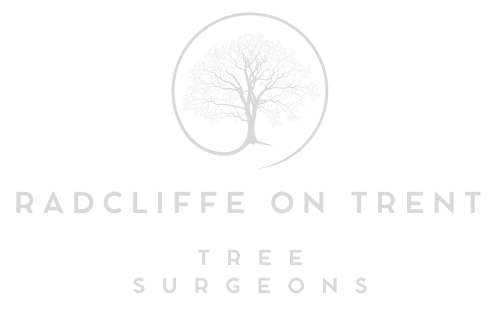Tree Crown Reduction: Addressing Tree Hazards and Weak Branches
Introduction: Trees are valuable assets in any landscape, providing shade, beauty, and environmental benefits. However, as trees age or face environmental stressors, they may develop weak branches or hazardous conditions that pose a risk to property and safety. Tree crown reduction is a proactive approach to address these hazards by selectively pruning branches and reducing the overall size of the canopy. In this blog post, presented by Radcliffe on Trent Tree Surgeons, we’ll explore how crown reduction helps mitigate tree hazards and strengthen tree structures to ensure safety and longevity.
1. Identifying Hazardous Conditions
Before performing crown reduction, it’s essential to identify potential tree hazards and weak branches that pose a risk of failure. Common hazards include:
- Dead or dying branches.
- Diseased limbs.
- Crossing or rubbing branches.
- Overextended limbs with weak attachments.
These conditions compromise the tree’s structural integrity and increase the likelihood of branch failure, resulting in property damage, injury, or even tree loss. Arborists trained in hazard assessment can identify these issues and recommend appropriate corrective actions, such as crown reduction, to mitigate risks.
2. Selective Branch Pruning
Crown reduction involves selectively pruning branches to reduce the overall size and weight of the tree canopy. This targeted approach removes hazardous or weak branches while preserving the tree’s natural shape and form. Arborists carefully assess each branch to determine its structural integrity and potential risk of failure. They prioritise the removal of dead, diseased, or structurally compromised branches, as well as those that threaten nearby structures, utility lines, or pedestrian areas. By selectively pruning branches, crown reduction helps eliminate potential hazards and strengthen the tree’s structure.
3. Reducing Wind Sail Effect
Trees with dense or overgrown canopies create a “wind sail” effect, where strong winds exert lateral forces on the tree’s branches and trunk, increasing the risk of branch breakage or uprooting. Crown reduction reduces the size and volume of the canopy, minimising the tree’s exposure to wind and reducing the wind sail effect. By reducing wind resistance, crown reduction helps improve the tree’s stability and resilience to windstorms and severe weather events. This proactive measure helps mitigate the risk of wind-related tree hazards and enhances overall safety.
4. Preventing Overloading
Overloaded branches, especially those with weak attachments or included bark, are more prone to failure under the weight of snow, ice, or heavy foliage. Crown reduction helps prevent overloading by selectively thinning out the canopy and reducing the number of branches competing for limited resources. By removing excess foliage and redistributing weight evenly throughout the tree, crown reduction reduces the risk of branch failure due to overloading. This proactive approach helps safeguard against seasonal hazards and prolongs the tree’s life.
5. Promoting Long-Term Tree Health
Beyond addressing immediate hazards, crown reduction promotes long-term tree health and vitality by improving growing conditions and reducing stress on the tree. By removing dead or diseased branches and optimising the canopy structure, crown reduction enhances air circulation, sunlight penetration, and nutrient distribution within the tree. This fosters healthy growth, reduces susceptibility to pests and diseases, and improves the tree’s ability to withstand environmental stressors. By investing in proactive tree care practices such as crown reduction, property owners can ensure the safety and longevity of their trees for years to come.
Conclusion: Tree crown reduction is a proactive approach to address tree hazards and weak branches, promoting safety and longevity. By selectively pruning branches, reducing wind resistance, preventing overloading, and promoting long-term tree health, crown reduction helps mitigate risks and strengthen tree structures.
Call us on: 0115 647 1195
Click here to find out more about Radcliffe on Trent Tree Surgeons
Click here to complete our contact form and see how we can help with your tree’s needs.

